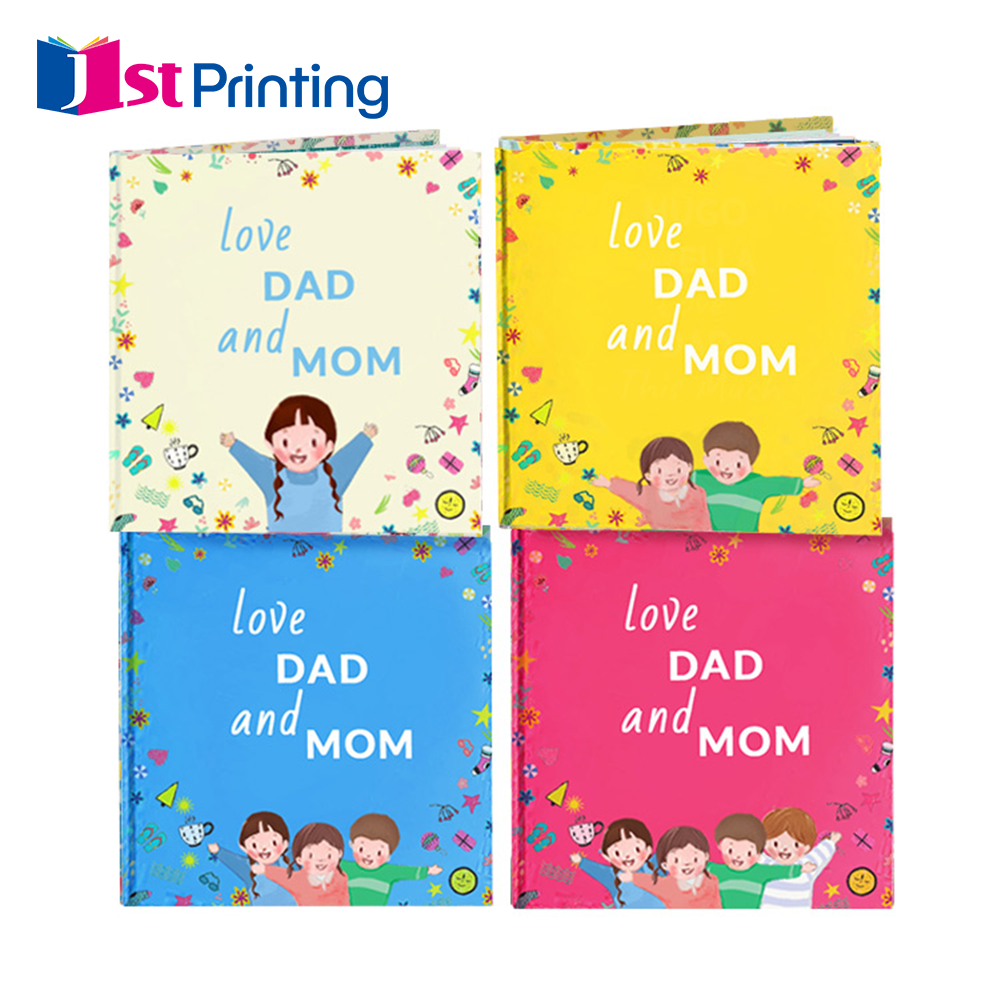Children's Books: How to Make Learning Fun
Engaging Young Minds Through Storytelling
Kids' books really grab little ones during story time and let their imaginations run wild. When stories come alive on the page, they open up whole new worlds full of interesting people and situations that help kids understand feelings better and see things from different perspectives. Studies have shown time and again that being able to follow along with stories helps build reading skills down the road. Books featuring all sorts of characters from different backgrounds give children chances to connect with lives unlike their own, which actually boosts both thinking abilities and emotional intelligence over time. The best part? These engaging stories plant seeds for a love of learning that can last well into adulthood.
Combining Education with Entertainment
Children's books somehow pull off mixing education with entertainment without it feeling forced. What makes them work so well? They create a genuine interest in reading while teaching valuable lessons along the way. These stories don't just make learning fun for kids, they actually help develop critical thinking skills as children follow characters solving problems throughout their adventures. When information comes wrapped up in colorful illustrations and relatable characters, kids remember what they learn much better than from plain old textbooks. The best educational books take dry school subjects and turn them into thrilling quests where every page feels like discovering something new. After all, who wouldn't want to learn when it feels like going on an adventure instead of doing homework?
## Interactive Elements That Make Books Exciting
Illustrated Adventures for Visual Learners
Pictures in kids' books really make reading better, particularly for those who learn visually. The bright colors and detailed drawings actually help explain things that might otherwise be confusing to little ones trying to follow complicated stories. A recent report from University Alberta suggests that when stories include visuals, kids tend to understand and remember what they read more easily. Plus, good artwork grabs their interest right away and keeps them wanting to turn the page, almost like going on a journey through the book. Most picture books today have lots of color and interesting details that pull children into the world of the story while helping them learn at the same time.
Lift-the-Flap & Touch-and-Feel Features
Interactive elements such as lift-the-flap sections and touch-and-feel surfaces turn ordinary reading time into something kids actually want to do. When little hands get involved with the pages themselves, it does more than just catch attention—it opens up whole new ways for children to explore through their senses while they read. Studies from places like the Child Development Institute show that when kids physically interact with storybooks during reading sessions, they tend to stay focused longer and ask questions about what happens next. The act of flipping flaps or feeling different textures creates memories around books that go beyond words on paper. Many parents notice how these interactive features help build those early connections between books and happiness, curiosity, and even bedtime battles turning into shared adventures instead.
Incorporating Bilingual Story Experiences
Children's books written in two languages help kids pick up new words while learning about different cultures at the same time. When kids hear or read stories in multiple languages, their brains actually develop better because they're constantly switching between modes of thinking. Studies from organizations like ACTFL back this up, showing how multilingual exposure makes brains more flexible. What's great about these books is that they bring diversity right into the classroom or home library. Kids see characters from all sorts of backgrounds doing everyday things, which helps them understand people who might look or speak differently than themselves. The way these stories weave together two languages isn't just educational fun it also teaches tolerance and respect for others. As parents read alongside their kids, they notice improvements not just in vocabulary but also in how children approach unfamiliar situations with curiosity rather than fear.
## Personalized Children's Books: A Game-Changer
Creating Customized Learning Journeys
When kids get books made just for them, it really grabs their attention because the stories match what interests them personally. Kids form stronger emotional bonds with these customized tales since they actually feel like part of the story rather than just reading someone else's adventure. Mom and dad or other caregivers pick out themes and characters that connect with what's going on in the child's life right now, which makes story time something special instead of just another chore. When little ones spot things they care about in these personalized stories, they want to keep turning pages and discovering new parts of the tale. This kind of engagement naturally builds better reading skills over time as children become more comfortable with words and concepts through stories that matter to them.
How Personalization Boosts Engagement
Research shows kids get much more involved with stories when they see something familiar in them. Children who recognize aspects of their own lives in books tend to engage more deeply with what they're reading. For instance, when a story features characters that look like them or situations from their daily experiences, kids actually sit longer with the book and show genuine enjoyment during reading time. Better engagement means real progress in literacy development, which can spark a lasting passion for reading throughout life. What makes these personalized touches work so well is that they grab initial interest while keeping it alive for longer periods. Over time, this leads to tangible improvements in education and overall development for younger readers.
## Top Picks for Fun Learning Resources
Captivating Children's Book Series - Enthralling Stories
Kids love book series because they tell stories that really grab their attention and leave them wanting more. When kids get attached to characters they know and follow along with continuing adventures, it actually helps them understand better and builds excitement about what comes next. Educational series covering stuff like science experiments or moral dilemmas work especially well as teaching tools. Seeing the same themes and characters repeated throughout helps kids remember things longer and makes the content feel more relatable. Thematic book series give children a chance to dive into all sorts of interesting topics, which can spark real curiosity about learning new things. These kinds of books help build reading skills for sure, but they also light up a child's imagination across many different areas, setting them up for a future filled with lifelong learning adventures.

Colorful Children's Card Collection - Interactive Learning
Colorful interactive cards really boost kids' learning because they tap into how we remember things when we see them. The bright pictures stick in their minds better than plain old textbooks ever could. These aren't just pretty to look at either they actually help build vocabulary and understanding across all sorts of topics through games and hands on stuff. When flashcards get kids involved instead of just passively looking at them, even boring schoolwork becomes something exciting. Homeschool moms especially love this since it lets them mix some joy into those long afternoons stuck inside. Kids pick up new ideas without even realizing they're working hard. Teachers find these tools super helpful too, letting them design lessons that work for visual learners, auditory types, or anyone who needs movement while absorbing information.

## Extending Book Magic Through Activities
Story-Based Craft Projects
When craft projects match up with stories kids are reading, it really helps them understand better and stay interested too. Letting kids make puppet versions of characters or build little scene models from their favorite books gets them thinking about what's happening in the story. The act of creating something physical while reading actually makes those story details stick in their minds. Hands on making stuff like this sparks imagination and helps kids grasp what's going on in the plot. It connects the made-up world of stories with things they see every day, which is pretty cool when you think about it.
Role-Playing & Character Dress-Up
When kids get to act out stories by becoming characters themselves, they really get inside what they're reading about. Putting on costumes of their favorite characters helps spark creativity while teaching them to understand feelings from other points of view. Beyond just connecting better with books, this kind of play actually builds important social abilities too. Kids learn how to work together during these pretend sessions, sharing ideas and taking turns naturally as they explore different storylines together.
Creating Your Family Storybook
When families sit down to make a storybook together, kids get to see their own lives told in a way that feels special and real. The process helps them learn how to put words on paper while bringing everyone in the family into the creative mix. Grandparents might share old tales around the kitchen table, siblings can draw pictures of their favorite moments, and parents often find themselves laughing at childhood anecdotes they'd long forgotten. What starts as just a book becomes something much more over time—a collection of stories that remind everyone why they stick together through thick and thin, building connections that last way beyond the final page.























